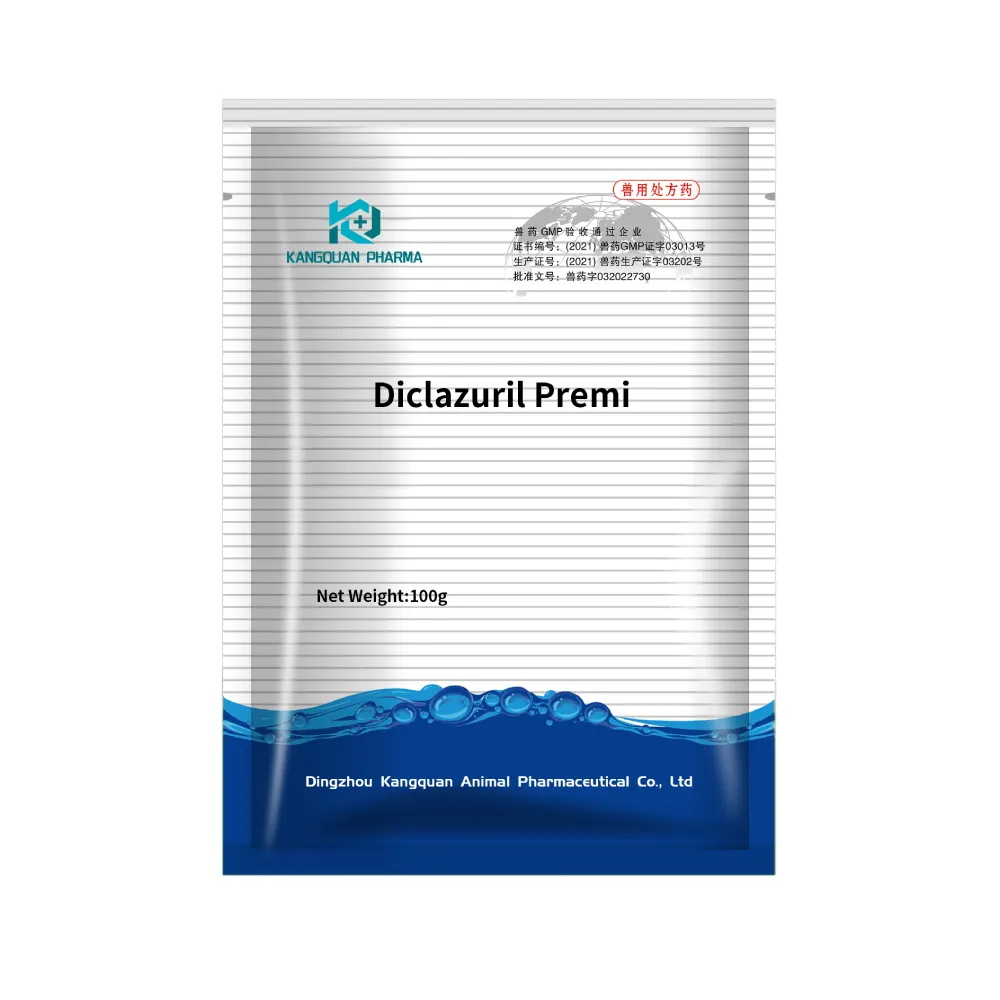- Afrikaans
- Albanian
- Amharic
- Arabic
- Armenian
- Azerbaijani
- Basque
- Belarusian
- Bengali
- Bosnian
- Bulgarian
- Catalan
- Cebuano
- Corsican
- Croatian
- Czech
- Danish
- Dutch
- English
- Esperanto
- Estonian
- Finnish
- French
- Frisian
- Galician
- Georgian
- German
- Greek
- Gujarati
- Haitian Creole
- hausa
- hawaiian
- Hebrew
- Hindi
- Miao
- Hungarian
- Icelandic
- igbo
- Indonesian
- irish
- Italian
- Japanese
- Javanese
- Kannada
- kazakh
- Khmer
- Rwandese
- Korean
- Kurdish
- Kyrgyz
- Lao
- Latin
- Latvian
- Lithuanian
- Luxembourgish
- Macedonian
- Malgashi
- Malay
- Malayalam
- Maltese
- Maori
- Marathi
- Mongolian
- Myanmar
- Nepali
- Norwegian
- Norwegian
- Occitan
- Pashto
- Persian
- Polish
- Portuguese
- Punjabi
- Romanian
- Russian
- Samoan
- Scottish Gaelic
- Serbian
- Sesotho
- Shona
- Sindhi
- Sinhala
- Slovak
- Slovenian
- Somali
- Spanish
- Sundanese
- Swahili
- Swedish
- Tagalog
- Tajik
- Tamil
- Tatar
- Telugu
- Thai
- Turkish
- Turkmen
- Ukrainian
- Urdu
- Uighur
- Uzbek
- Vietnamese
- Welsh
- Bantu
- Yiddish
- Yoruba
- Zulu
Nov . 19, 2024 04:23 Back to list
Effective Ivermectin Injectable for Cattle Worm Control and Health Management
Understanding Ivermectin as a Cattle Wormer An Essential Guide for Farmers
Ivermectin is a widely recognized antiparasitic agent used in veterinary medicine, particularly for livestock such as cattle. Its effectiveness against a variety of internal and external parasites has made it a staple in animal husbandry. This article aims to delve into the usage, benefits, and considerations regarding injectable ivermectin for cattle worming.
What is Ivermectin?
Ivermectin is a broad-spectrum antiparasitic compound that belongs to the avermectin class of medications. It was initially discovered in the late 1970s and has since gained prominence as a treatment for a range of parasitic infections. For cattle, it serves primarily to combat gastrointestinal roundworms, lungworms, and external parasites like lice and mange mites.
Benefits of Injectable Ivermectin for Cattle
1. Efficacy Against Multiple Parasites One of the key advantages of ivermectin is its effectiveness against a wide spectrum of parasites. This includes control over both adult and larval stages of various worms and pests, which is crucial for maintaining herd health.
2. Ease of Administration The injectable form of ivermectin allows for efficient delivery, ensuring that the medication enters the bloodstream quickly. This is particularly beneficial for large herds, as it can reduce stress on animals compared to oral treatments, which can be more time-consuming.
3. Long-lasting Effects Ivermectin has a relatively prolonged duration of action, meaning that a single dose can provide effective parasite control for an extended period. This can lower the overall frequency of treatments required, which is economically advantageous for farmers.
4. Safety Profile Ivermectin is generally considered safe for use in cattle, provided that the dosage recommendations are adhered to. With minimal side effects reported, it is often the go-to choice for veterinarians when choosing a parasite control solution.
Administering Injectable Ivermectin
ivermectin cattle wormer injectable

When administering injectable ivermectin, it is essential to follow the manufacturer’s guidelines closely. The dosage typically depends on the weight of the animal and the specific formulation being used. Farmers should weigh their cattle accurately to ensure the correct dosage is administered, as underdosing can lead to ineffective treatment and contribute to parasite resistance.
Injection should be performed in the appropriate muscle (usually the neck or shoulder) to ensure proper absorption. It’s important to maintain cleanliness during administration to prevent infections.
Considerations and Best Practices
1. Resistance Management Overuse or improper use of ivermectin can lead to the development of resistance among parasites. Farmers should implement strategic deworming schedules and rotate antiparasitic products to minimize this risk.
2. Withdrawal Time As with many veterinary medications, it is crucial to consider the withdrawal time – the period that must pass after treatment before the animal can be processed for meat or their milk can be consumed. This information is usually indicated on the product label and must be adhered to for food safety.
3. Regular Health Monitoring Regular observation for signs of parasitic infections is important even after treatment. Substantial changes in weight, coat condition, or overall behavior may indicate the need for further intervention or adjustment in management practices.
4. Consulting with Veterinarians Farmers should work closely with veterinarians to develop an effective parasite control plan tailored to their herd’s needs. This collaboration can help in addressing potential health issues and ensuring compliance with local regulations regarding livestock medication.
Conclusion
Injectable ivermectin is an invaluable tool in the arsenal against parasites in cattle farming. Its efficacy, safety profile, and ease of administration make it a preferred choice among farmers and veterinarians alike. However, responsible use, including awareness of drug resistance and adherence to withdrawal guidelines, is critical for maintaining the health of agricultural livestock and the safety of food products. By understanding the proper use of ivermectin, cattle farmers can ensure healthier herds and improved productivity on their farms.
-
Guide to Oxytetracycline Injection
NewsMar.27,2025
-
Guide to Colistin Sulphate
NewsMar.27,2025
-
Gentamicin Sulfate: Uses, Price, And Key Information
NewsMar.27,2025
-
Enrofloxacin Injection: Uses, Price, And Supplier Information
NewsMar.27,2025
-
Dexamethasone Sodium Phosphate Injection: Uses, Price, And Key Information
NewsMar.27,2025
-
Albendazole Tablet: Uses, Dosage, Cost, And Key Information
NewsMar.27,2025













